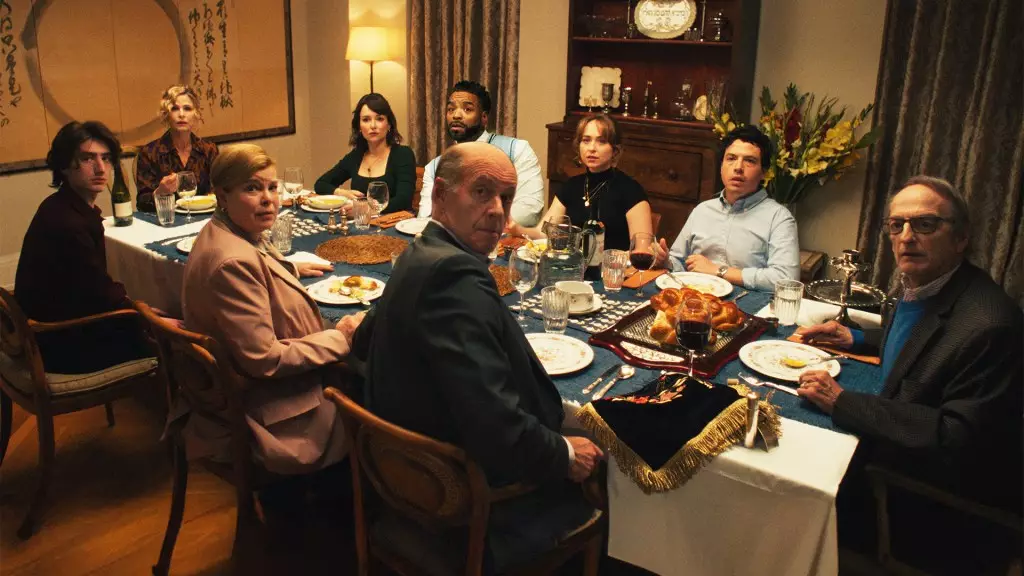In a landscape dominated by billion-dollar blockbuster franchises and predictable mass-market productions, the recent box office performance of independent films signals a subtle but unmistakable shift. Films like Menemsha Films’ *Bad Shabbos* crossing the $1 million mark exemplify the resilience of small, quirky movies that are increasingly capturing audience attention—even if through limited theatrical runs. These are not blockbuster juggernauts; instead, they thrive on word-of-mouth, niche appeal, and the loyalty of dedicated cinephiles. Such slow-burning successes challenge the notion that only massive marketing budgets and extensive theatrical exposure can generate substantial revenue.
This phenomenon highlights an important trend: in the age of streaming, the theatrical box office remains a testing ground for specialty and indie films that appeal to more discerning audiences. Unlike formulaic Hollywood fare, these movies often cater to specific cultural, religious, or artistic niches, which enhances their word-of-mouth potential. The sustained engagement of films like *Bad Shabbos*—which has been running extended weeks in cities like Boston, Los Angeles, and San Francisco—proves that quality storytelling, grounded in authentic cultural representations, can still carve out a significant space in theaters, even amidst the dominance of big-budget blockbusters.
Market Dynamics and Audience Loyalty: The Power of Theatrical Run Extensions
The success of these indie titles is not accidental; it reflects a strategic shift by distributors and theaters recognizing the long-term value of cultivating niche audiences. Neil Friedman, President of Menemsha Films, articulates this perfectly: “Word of mouth has been and will always be the best advertising for a film.” By maintaining extended runs in select cities, and gradually expanding to additional markets, independent films are leveraging audience loyalty and cultural resonance to sustain their relevance.
This strategic patience works against the traditional Hollywood approach, which often focuses on quick, high-intensity campaigns designed for mass appeal and immediate returns. Instead, indie distributors are demonstrating that quality storytelling coupled with persistent theatrical presence can generate reliable revenue streams over time. It is a deliberate counter-attack to the homogenized, blockbuster-centric model that saturates cinema screens worldwide. Films like *Bad Shabbos* and *Hundreds Of Beavers* exemplify this: they appeal to specific demographics but do so with authenticity, humor, and cultural relevance that engender genuine word-of-mouth enthusiasm.
The Cultural Significance of Niche Films in a Fragmented Media Landscape
Furthermore, these indie films serve more than just entertainment—they cultivate cultural dialogues that are often sidelined by mainstream cinema. For example, *Bad Shabbos* offers a nuanced look at interfaith relationships within a religious community, a story that resonates deeply with audiences hungry for authentic representation and meaningful stories beyond superficial stereotypes. These films foster understanding and provide platforms for underserved communities, illustrating that cinema continues to serve as a mirror and a molder of societal values.
The success of such films also signifies a maturing audience that prefers diverse, character-driven stories over spectacle. They seek content that challenges, enlightens, and entertains without resorting to uninspired formulae. In this way, indie films are asserting their relevance in a media environment increasingly characterized by soaring streaming numbers, short attention spans, and a growing impatience with formulaic narratives.
By supporting these films through sustained theatrical runs, distributors effectively reaffirm the importance of cultural authenticity and artistic integrity. They prove that there is a dedicated market for stories rooted in real-world experiences, which can stand shoulder-to-shoulder with the glossy, high-budget productions of Hollywood. This ongoing mini-renaissance underscores the importance of preserving more than just blockbuster dominance; it emphasizes the vitality of artisanal storytelling that appeals to core audiences, fosters community, and enhances cultural diversity in cinema.
In the final analysis, the endurance and modest profitability of these indie films serve as a warning to the Hollywood establishment: quality, authenticity, and strategic engagement still hold the power to captivate audiences—sometimes even more effectively than commercial saturation. While mainstream blockbusters continue to dominate headlines, it is the quiet, persistent rise of niche indie cinema that may, in the long run, redefine what success in film truly looks like.

